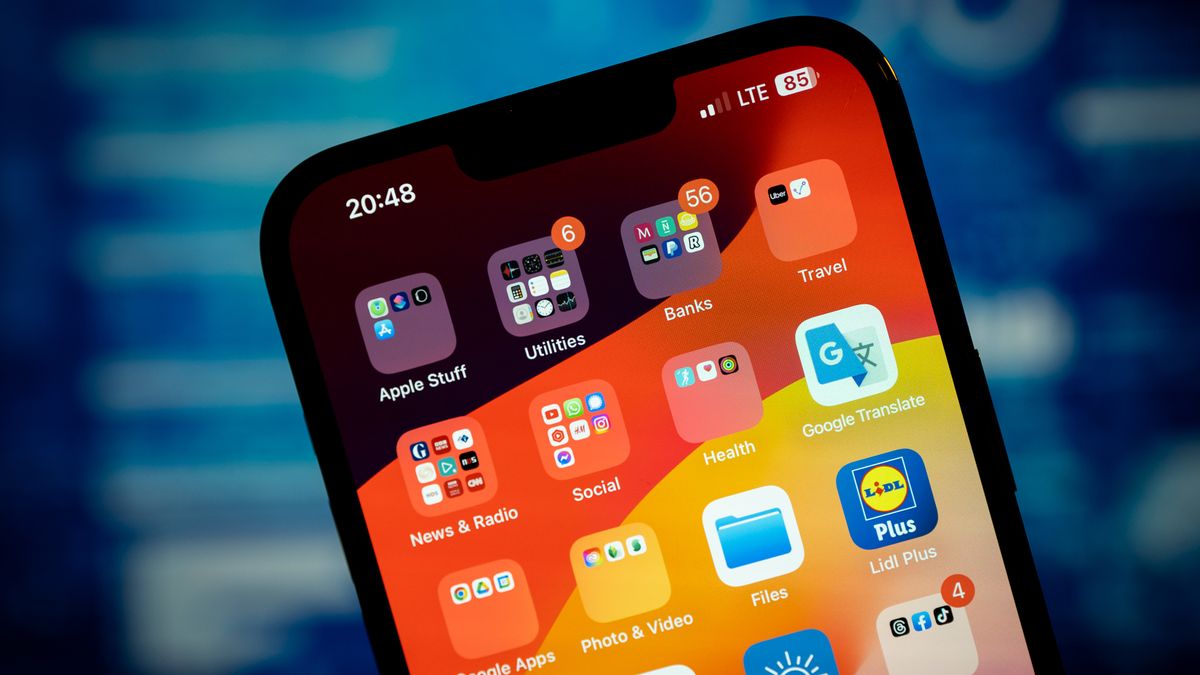
In a recent update, Apple released a patch for iOS and iPadOS 17.5.1, addressing a significant issue that had caused considerable concern among users. The update aims to fix a bug related to database corruption in the Photos library, which led to the reappearance of deleted photos. However, the brief explanation provided by Apple has left many questions unanswered, sparking privacy concerns among iPhone and iPad owners.
According to Apple, the update “addresses a rare issue where photos that experienced database corruption could reappear in the Photos library even if they were deleted.” While patching buggy software is a common practice, the implications of this specific bug have raised alarms about data privacy and the reliability of Apple’s photo storage system.
Key Points About the Bug:
- Deleted Photos Reappearing: Users reported that photos deleted years ago had suddenly reappeared in their photo libraries.
- Privacy Concerns: The incident has led to questions about how Apple stores photo data and whether deleted data is truly erased.
- Lack of Communication: Apple has not provided a detailed public response, leaving users in the dark about the extent of the issue and the measures taken to prevent future occurrences.
| Date | Event |
|---|---|
| Early May 2024 | Users report deleted photos reappearing in their photo libraries. |
| Mid-May 2024 | Reports emerge of similar issues with deleted voicemails. |
| May 20, 2024 | Apple releases iOS and iPadOS 17.5.1 update to address the issue. |
| May 21, 2024 | Apple remains silent on the full details and implications of the bug. |
User Reactions and Concerns:
- Data Privacy: Users are questioning the integrity of Apple’s data deletion process.
- Trust Issues: The lack of a detailed response from Apple has shaken user confidence.
- Potential Scope: Reports suggest the issue might extend to other data types, such as voicemails.
Technical Aspects:
- Database Corruption: The bug was linked to database corruption, affecting how deleted photos were managed.
- iCloud Involvement: It is unclear if the bug primarily impacted users who utilize iCloud for photo backups.
- Cross-Device Impact: Instances of the bug have been reported on multiple devices, including iPhones and iPads.
The incident has brought to light critical concerns regarding data privacy. When users delete photos, they expect these files to be permanently erased after a certain period, typically 30 days in the Recently Deleted folder. The unexpected return of long-deleted photos has naturally led to anxiety about the security of other types of data stored on Apple devices.
Broader Implications:
- Transparency: Apple’s silence on the issue raises questions about its commitment to transparency.
- Marketing vs. Reality: Apple’s marketing emphasizes user privacy and data protection, but this incident suggests potential gaps in their systems.
- User Trust: Rebuilding trust will require Apple to provide clear, detailed explanations and assurances.
Cybersecurity researchers frequently uncover bugs and vulnerabilities, often informing the affected companies before publicly disclosing the issues to prevent exploitation. While it is understandable that Apple might have wanted to fix the bug before making any public statements, ongoing silence is not a sustainable approach.
- Responsible Disclosure: Apple should engage in transparent communication about discovered bugs and the steps taken to address them.
- User Assurance: Providing detailed explanations can help reassure users about the safety and security of their data.
- Future Prevention: Outlining measures to prevent similar issues in the future is crucial for maintaining user trust.
Apple has long positioned itself as a champion of user privacy, frequently highlighting its efforts to keep user data encrypted and secure. This commitment to privacy is a significant part of Apple’s brand identity, often showcased during major events like the Worldwide Developers Conference (WWDC). However, incidents like this can undermine user confidence if not handled with transparency and responsibility.
Apple’s Privacy Philosophy:
- Encryption: Apple emphasizes end-to-end encryption to protect user data.
- User Control: The company promotes features that give users control over their privacy settings.
- Privacy as a Core Value: Apple’s marketing portrays privacy as a fundamental aspect of its products and services.
Contradictions Highlighted by the Bug:
- Unintentional Data Exposure: The reappearance of deleted photos contradicts the promise of permanent deletion.
- User Concerns: Without clear communication, users are left uncertain about the security of their data.
- Need for Clarity: Apple must address these concerns to align its practices with its privacy commitments.
To restore user confidence and ensure the security of its systems, Apple must take several steps. These include providing a comprehensive explanation of the issue, detailing the measures taken to fix it, and outlining plans to prevent future occurrences. Transparency and open communication are crucial in rebuilding trust and demonstrating a genuine commitment to user privacy.
Recommended Actions for Apple:
- Public Statement: Release a detailed statement explaining the bug, its impact, and the steps taken to resolve it.
- User Assurance: Offer reassurances about the security measures in place to protect user data.
- Ongoing Monitoring: Implement continuous monitoring to detect and address similar issues promptly.
- Enhanced Communication: Improve communication channels to keep users informed about significant updates and security concerns.
Benefits of These Actions:
- Rebuild Trust: Clear communication can help restore user confidence in Apple’s commitment to privacy.
- Prevent Future Issues: Proactive measures can prevent similar incidents and enhance overall data security.
- Strengthen Brand Image: Demonstrating transparency and responsibility can reinforce Apple’s reputation as a privacy-focused company.
In conclusion, while Apple’s recent update addresses a critical bug, the company’s response highlights the need for greater transparency and communication. By taking proactive steps to address user concerns and enhance data security, Apple can reaffirm its commitment to protecting user privacy and maintaining trust.
Related News:
Featured Image courtesy of TechRadar
